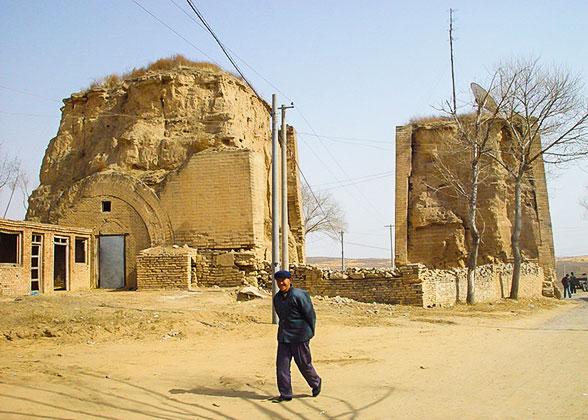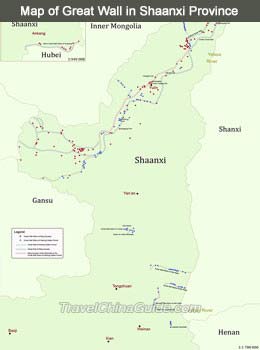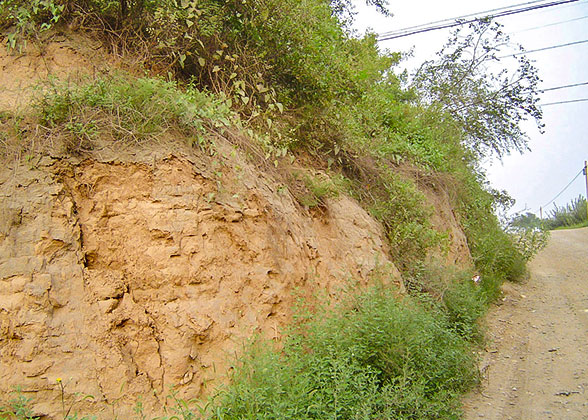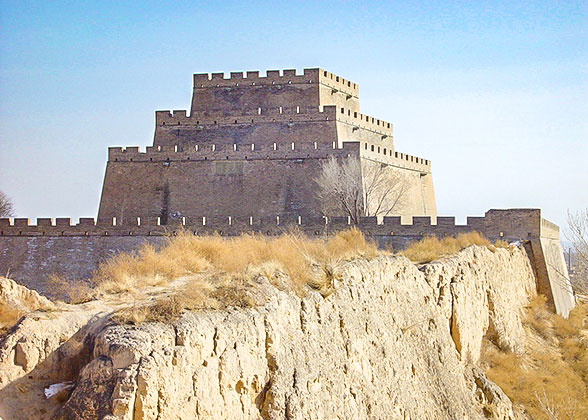Great Wall in Shaanxi
 |
| Shaanxi Great Wall |
Basic Facts of the Great Wall in Shaanxi
![]() Length: over 1,243 miles (2,000 kilometers)
Length: over 1,243 miles (2,000 kilometers)![]() Location: in at least 17 counties and cities, including Fugu, Shenmu, Dingbian, Jingbian, and Yuyang in Yulin; Wuqi and Fuxian in Yan'an; Hancheng, Dali, Heyang, Pucheng, Chengcheng, and Baishui in Weinan, etc.
Location: in at least 17 counties and cities, including Fugu, Shenmu, Dingbian, Jingbian, and Yuyang in Yulin; Wuqi and Fuxian in Yan'an; Hancheng, Dali, Heyang, Pucheng, Chengcheng, and Baishui in Weinan, etc.
See more about Yulin Great Wall![]() Construction time: one is the Warring States Period (475 BC-221 BC) by Qin and Wei states about 2,400-2,500 years ago; the other is the Ming Dynasty (1368-1644) about 550 years ago.
Construction time: one is the Warring States Period (475 BC-221 BC) by Qin and Wei states about 2,400-2,500 years ago; the other is the Ming Dynasty (1368-1644) about 550 years ago.
Great Wall of the Qin State
It comprises the East Line and North Line:
 |
| Map of Great Wall in Shaanxi (Click to enlarge) |
The East Line was built three times in 461BC, 417BC, and 408BC respectively. It was used to defend against the Wei State in the east. Most relics were found in Weinan. It is verified that the wall built in 408BC starts from southeast Huayin, crosses the Weihe River, and runs along Luohe River. Then, it goes by Chengcheng Village and Shayuan of Dali; Qian'er Village in Longchi Town, Pinglumiao Town, Xitou Village in Luobing Town of Pucheng; and reaches the southern foot of Huanglong Mountain in Baishui County. Today, you can see some relics in the Chongquan Ancient City in Suzhen New Area, Pucheng County.
In order to prevent the invasion of northern Nomadic people, Qin State also constructed the North Line. It starts from Huachi County of Gansu Province, via Wuqi, Zhidan, Jingbian, Hengshan, Yuyang, Shenmu of Shaanxi Province, and enters Ejin Horo Banner, Erdos of Inner Mongolia Autonomous Region. The relics that were found in the mountainous areas in Wuqi, Zhidan, and Jingbian are 1 foot (0.3 meter) to 20 feet (6 meters) high. The relics in Hengshan, Yuyang, and Shenmu are mainly distributed in the Maowusu Desert. The wall is made of rammed earth and stones. The lower part of the wall has been covered by the sand, and the part above the ground is 3 feet (1 meter) to 7 feet (2 meters) high. In addition, along the wall were also found barriers, kilns, beacon towers, tombs, and various weapons.
Great Wall of the Wei State
See more about Great Wall Relics of the Wei State
|
|
Ming Dynasty Great Wall
Most importantly, you can see the well-preserved Zhenbeitai Tower in Yulin. It was built during the Ming Dynasty, and is known as the "First Tower of the Great Wall". The tower consists of four levels, with a height of over 100 feet (30 meters). Ascending the tower, you will have a bird's-eye view. The boundless yellow desert beyond the wall and the luxuriant green forests within the wall contrast finely with each other.

